Photographer’s Rights in an Era of Copyright Theft
The digital age has brought unparalleled opportunities for photographers, but it has also created an environment rife with copyright theft. This is particularly evident when mainstream media outlets, which once employed skilled photographers, now lift images from social media and websites without permission or payment.
The example shown here is the unauthorized use of Mark Anning’s photograph of the band Icehouse. The image, which originally appeared on this website, was used without permission by ABC Adelaide on their website and Facebook page.
Here is a screenshot of the ABC Adelaide website showing the usage of Mark Anning’s photography of Icehouse used without permission or payment:
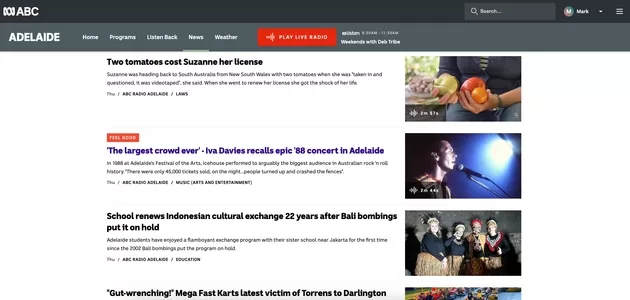
For Mr. Anning, a veteran professional photographer who now operates independently after the industry downsized and transitioned to the digital era, this blatant infringement directly impacts his meagre income—a harsh reminder of the ongoing struggle photographers face today.
Mr. Anning said: “It is with mixed emotions that I make this stand against Aunty ABC considering our previous positive dealings. Having worked ethically on the picture desks of newspapers such as the London Daily Mail and News Corporation and spending hours each day properly sourcing images for this small independent publisher 1EarthMedia, I am surprised that the Australian Broadcasting Corporation has failed Picture Editing 101 and appears to treat the internet as their free photo library.”
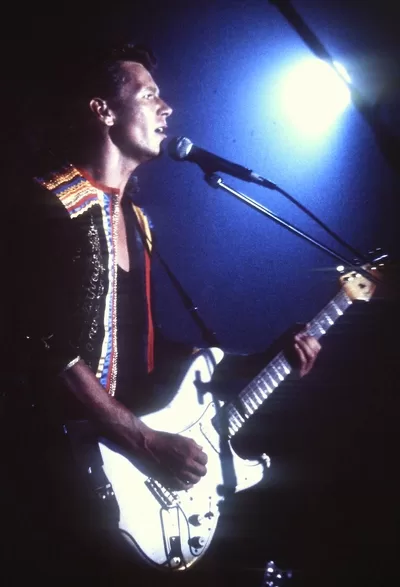

“We should be able to trust that our media outlets train their reporters, editors and webmasters in the basic law of asking permission before using people’s photographs from the internet, whether it be lifted from social media or photographer’s websites,” he said.
“These same media giants, who ironically laid off photographers in droves, are the culprits ironically exploiting freelancers and independent creators,” Mr. Anning said.
The Reality for Freelance Photographers
Photographers who once had stable jobs with mainstream media are increasingly being forced into freelancing, where the rules of copyright are often ignored.
For many, selling individual images or licensing archives becomes their primary source of income. It’s a frustrating reality when the very outlets that should respect these creators are the ones stealing their work.
“At least the producers of The Gospel According to Marcia Hines TV special shown on the ABC asked before using my photos. I was happy to work within their tiny budget because of the importance of the Marcia Hines story, but a large publisher helping themselves to my work for free without asking is unacceptable. I blame the #DefundTheABC movement for the cuts at the ABC, cutting budgets to pay freelance Australian journalists and photographers, and letting go experienced editors who have a basic understanding of copyright laws,” Mr. Anning said.
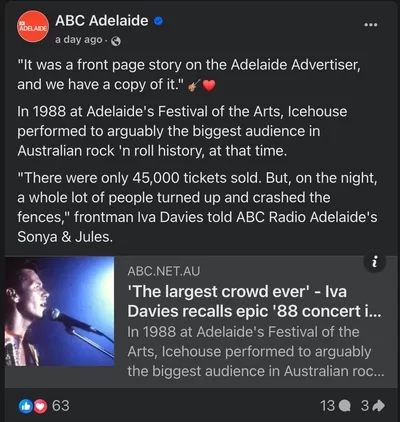

“For well over a century, photographers have been able to scratch out a meagre income from their archival photographs but the digital age and declining mainstream media has killed the photography industry,” Mr. Anning lamented.
What’s worse, AI technology is replacing the need for stock photography, which further diminishes the earning potential of many in the industry.
Almost every photographer has seen their income from stock photography plummet with the introduction of AI as publishers simply type in a prompt to receive an image, instead of paying a few dollars to illustrate their story.
Historical and archival photos, such as presented on this website, represent a lifeline for older photographers who rely on these unique and irreplaceable assets for income.
Unlike modern stock images, which can now be generated by AI, these archival photos capture moments that only an experienced professional could have documented. Yet, even these valuable assets are not safe from copyright infringement.
Protecting Your Work in a World of Digital Theft
The only way forward for photographers is to be proactive. If you’re a professional photographer, it’s crucial to know how to protect your work and enforce your rights.
A first step is to set up a Google Alert for your name. By doing so, you’ll receive an email notification each time your name is mentioned online, allowing you to track where and how your work is being used. You can set up alerts at Google Alerts. This simple tool can be instrumental in keeping you informed of potential copyright violations and mentions of your name on the internet.
It’s also essential to explore the services of copyright agencies. Organizations like the Copyright Agency Limited (CAL) in Australia, PicRights, and Getty Images offer monitoring services and help photographers take action against copyright infringements. These agencies specialize in managing copyright issues and ensuring photographers receive proper compensation for their work.
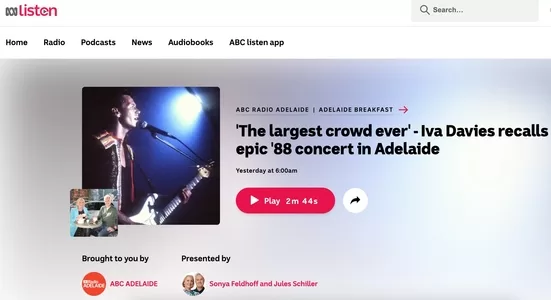

The Importance of Standing Up for Your Rights
It’s easy to feel powerless when large organizations use your work without permission. But the truth is, standing up for your rights is not only about protecting your own livelihood; it’s about setting a precedent.
When photographers hold media outlets accountable, they force these organizations to acknowledge that creators deserve respect, recognition, and compensation for their work.
Under Australian copyright law, the Copyright Act 1968 (Cth) stipulates that photographs are automatically protected as soon as they are taken. “As the copyright owner, I have the exclusive rights to reproduce, communicate, and publish my work. Any use of my work without permission, including copying from my website and publishing it on your platforms, constitutes copyright infringement,” Mr. Anning said.
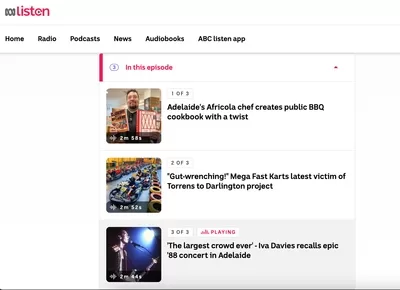

Mark Anning’s decision to invoice ABC for unauthorized use is an inspiring example of how photographers can take action.
It’s a reminder that while the digital age has made it easier for people to steal content, it’s also given photographers the tools to monitor and respond to such theft.
Every photographer needs to be vigilant and proactive in defending their rights. After all, the integrity of this profession depends on it.
So, if you’re a photographer, whether new to the game or a seasoned pro, remember: monitor, protect, and stand up for your work. Because if you don’t, no one else will.
Related stories
The copyright of Vivian Maier’s street photography
The Role of Copyright in Photography
Who owns photographs posted on social media?
More live entertainment photography from Mark Anning
A short history of Icehouse ° Where is Iva Davies now?
Jesus Christ Superstar Australian Cast – Theatre Photography
Martha Graham inspired Early Bangarra Dance
Harmonizing with Legends: The Kevin Borich Express
Minnie Marks – Australian Blues’ Best-Kept Secret
Vicky O’Keefe presents ‘The Wild One’ Johnny O’Keefe Story
Where is Australian legendary guitarist Randall Waller now?
Where is Angry Anderson & Rose Tattoo now?
The tenth birthday party at Triple Jay
If you appreciate our content, please visit our advertisers:


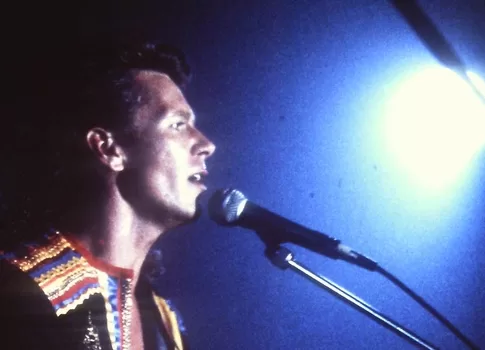

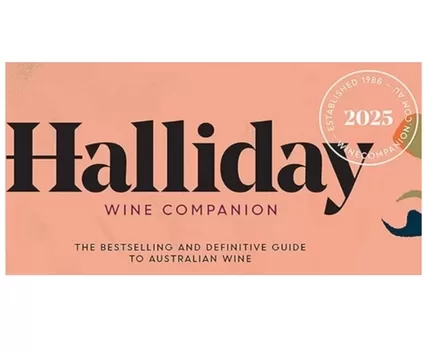
Some incomplete thoughts and a comment on the state of photography in the digital age
The photography landscape for the professional photographer has been changing and evolving so fast it has become almost impossible to keep up with. AI, of course is the latest blow to a photographers ability to earn a living. When I began contributing my work to the stock agency Alamy, in the early 2000s, they had less than 500,000 photos on file. They now have over 380 million! With the collapse of print media and the publishing industry, the balance of supply and demand has meant that licensing fees paid have reduced accordingly.
For example whereas, 20 years ago I could expect say $800 for a magazine cover this has dwindled to a tenth of that, or less. I used to be able to rely on a monthly cheque of about $2000 for licensing of my photographs in addition to assignment fees. It is now rare for that to exceed, $200.
On the issue of breach of copyright, I’ve had innumerable photographs used without authorisation or payment. One specific photograph has been used without permission thousands of times and for a while I earned quite a good income billing the infringers, until I found the effort in following up all these breaches was taking me away from my photography. I was becoming a full time debt collector.
The internet was sold to photographers as a way of increasing their income by making accessible massive worldwide markets where multiple sales at minimal prices would make them rich. But along the way, the purveyors of these dreams seem to have contrived to wedge themselves firmly between the photographers and the markets. The increased completion for sales forced publication fees down while at the same time, agencies and stock portals gradually increased the commission taken so that the proportion paid to the creators of the photography has been drastically reduced.
Is there a bright side or some answer to this dilemma for the photographer? I’m pessimistic. Photography is now evolving in ways beyond the control of the creator. We’ll continue to laud the historic work of the analog film age, while simultaneously drowning in a tsunami of digital photographs (and video) to the point where the individual image is so diluted it becomes virtually meaningless. Will I continue to make photographs? How can I not?